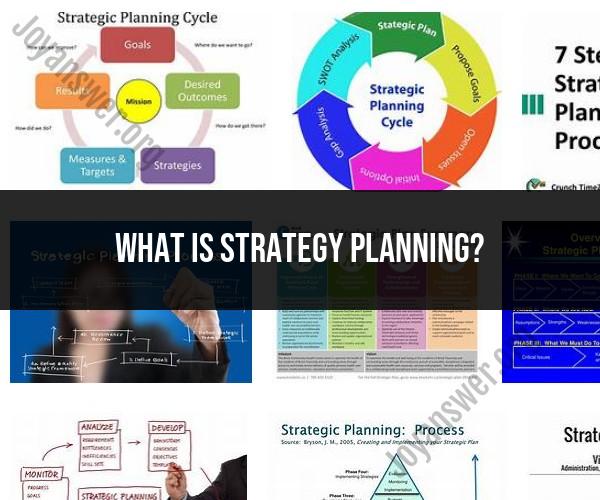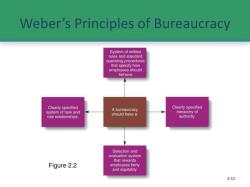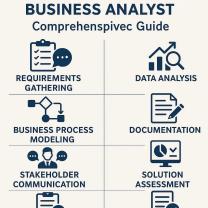What is strategy planning?
Strategy planning, often referred to as strategic planning, is the process of defining an organization's direction and making decisions on allocating its resources to pursue this direction. It involves setting objectives, assessing the internal and external factors that may affect the organization's ability to achieve its goals, and developing a plan of action to move the organization forward. Here is a comprehensive overview of what strategy planning entails:
1. Setting Objectives:
- Strategy planning begins by establishing clear and specific objectives or goals that the organization aims to achieve. These objectives should align with the organization's mission and vision.
2. Environmental Analysis:
- Conduct a thorough analysis of the organization's internal and external environment. This involves assessing factors such as market trends, competition, industry conditions, regulatory changes, and internal strengths and weaknesses.
3. SWOT Analysis:
- Perform a SWOT analysis, which stands for Strengths, Weaknesses, Opportunities, and Threats. This helps identify the organization's internal strengths and weaknesses and external opportunities and threats.
4. Formulating Strategies:
- Based on the information gathered from the environmental analysis and SWOT analysis, develop strategies that leverage strengths, mitigate weaknesses, capitalize on opportunities, and address threats. Common strategies include market expansion, cost reduction, product development, and diversification.
5. Goal Alignment:
- Ensure that the strategies formulated align with the organization's objectives. Each strategy should contribute to the achievement of specific goals.
6. Resource Allocation:
- Determine the resources (financial, human, technological, etc.) needed to implement the chosen strategies effectively. Allocate resources in a way that supports the execution of the plan.
7. Action Plans:
- Create action plans that outline the specific steps, responsibilities, timelines, and milestones required to execute each strategy. These plans provide a roadmap for implementation.
8. Monitoring and Measurement:
- Implement a system for tracking and measuring progress toward the goals and objectives. Key performance indicators (KPIs) are often used to assess performance and adjust strategies as needed.
9. Flexibility and Adaptation:
- Strategy planning should allow for flexibility and adaptation. As circumstances change or new opportunities and threats arise, the organization may need to adjust its strategies accordingly.
10. Communication:- Communicate the strategic plan to all stakeholders within the organization, ensuring that everyone understands their role in achieving the objectives.
11. Implementation:- Execute the action plans and strategies according to the established timelines. This is where the organization puts its strategic plan into action.
12. Evaluation and Feedback:- Regularly evaluate the effectiveness of the strategies and the progress toward achieving objectives. Solicit feedback from stakeholders to identify areas for improvement.
13. Continuous Improvement:- Strategy planning is an ongoing process. Organizations should continually review and update their strategic plans to stay aligned with changing circumstances and goals.
Effective strategy planning is a critical component of organizational success. It helps ensure that resources are used efficiently, risks are managed effectively, and the organization remains adaptable in a dynamic business environment.












